
Dental XRays The Whole Tooth Pediatric Dental Blog
milk skull teeth x-ray xray X-ray of child's skull showing development of milk (deciduous) teeth. The milk teeth are progressively lost in preparation for the appearance of adult teeth, & consist of 20 teeth, made up of incisors, canines & molars only.
365skulls Skull 202 MILK chocolate skull
Most mammals are born with a special set of usually smaller, weaker teeth called milk teeth or deciduous teeth. In many species, milk teeth erupt soon after birth; in a few, they erupt and are replaced by adult teeth in utero; and in some, they appear to be absent altogether.
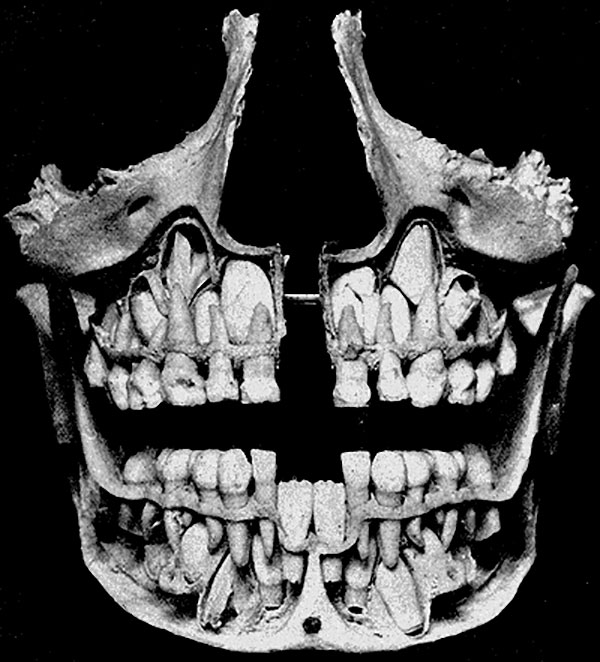
Teeth Lozier Institute
The deciduous teeth are the primary teeth that first erupt in babies and are more commonly known as milk teeth. In this article, the general anatomical information about the deciduous teeth will be discussed, following a chronological list of when the milk teeth erupt and when they fall out. Lastly, a common pathological disorder that ails milk.
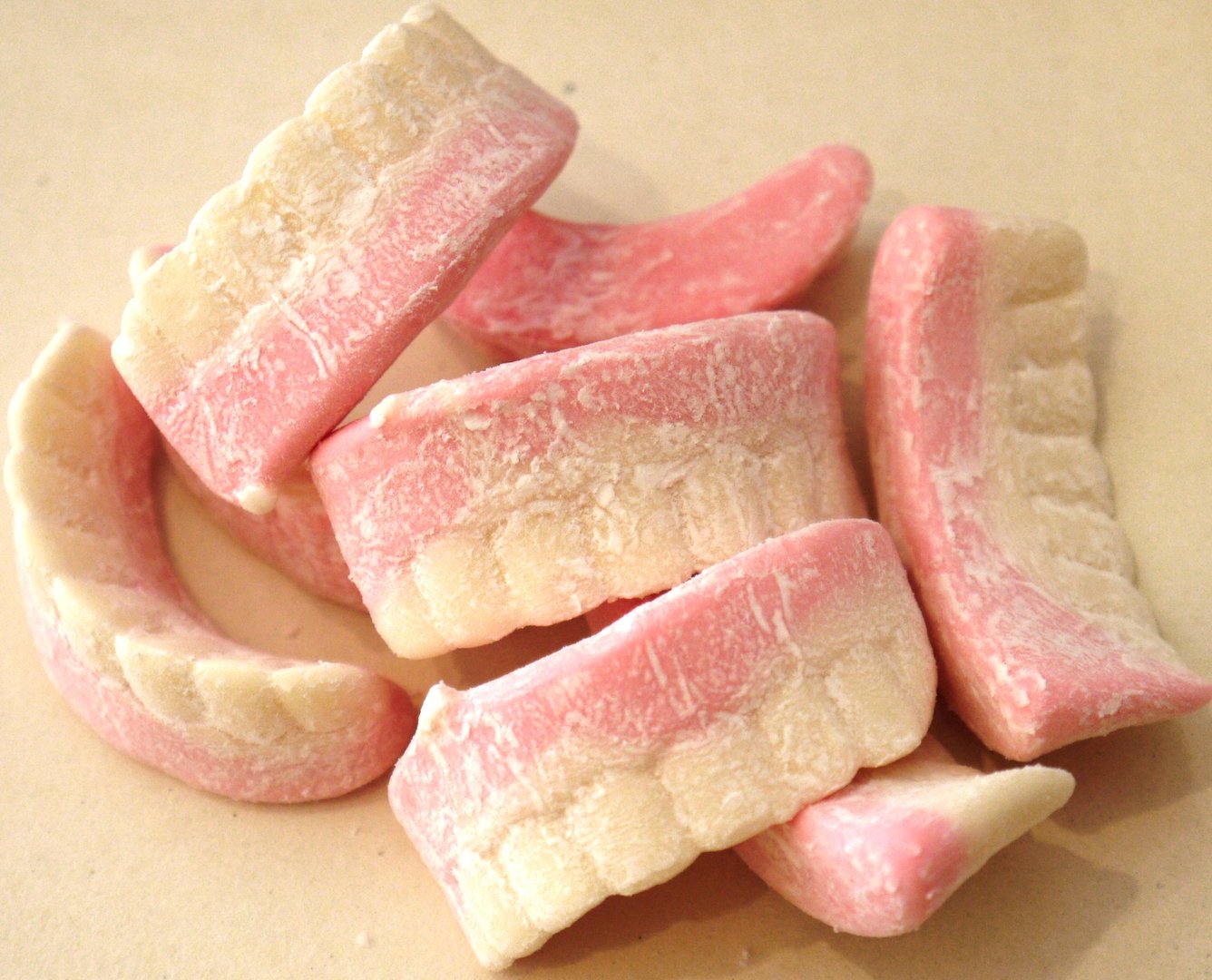
Milk Teeth Sweet Treats
The teeth on the upper jaw often erupt 1 to 2 months after the same tooth on the lower jaw. There are a total of 20 primary teeth. Often, about 1 tooth comes in per month once the teeth start coming in. There is normally a space between all the baby teeth. This leaves room for the larger permanent teeth to erupt.

How saving your children's baby teeth could save their lives when they
The first the milk teeth are replaced by the permanent teeth. Diagram 11.5 - Structure of a tooth. Types Of Teeth. All the teeth of fish and reptiles are similar but mammals usually have four different types of teeth.. Diagram 11.6 - A sheep's skull. The dental formula for a dog is: 3.1.4.2 3.1.4.3.
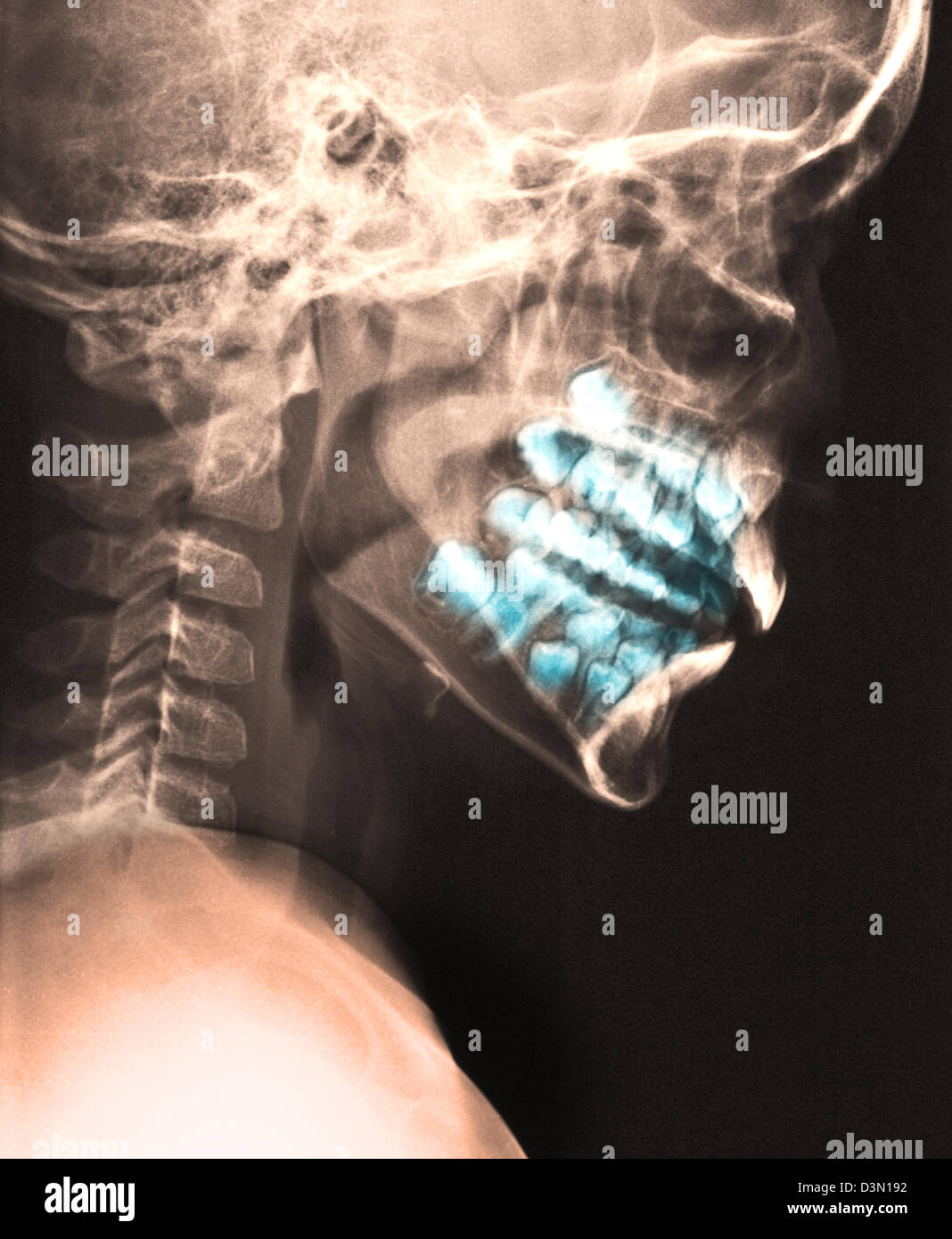
Child skull adult teeth hires stock photography and images Alamy
The skull of a horse. A view of the upper half of an immature horse's mouth. A fully developed horse of around five years of age will have between 36 and 44 teeth. All equines are heterodontous, which means that they have different shaped teeth for different purposes.

Milk Teeth When Do They Fall? The Foleck Center
Deciduous teeth or primary teeth, also informally known as baby teeth, milk teeth, or temporary teeth, [1] are the first set of teeth in the growth and development of humans and other diphyodonts, which include most mammals but not elephants, kangaroos, or manatees, which are polyphyodonts.
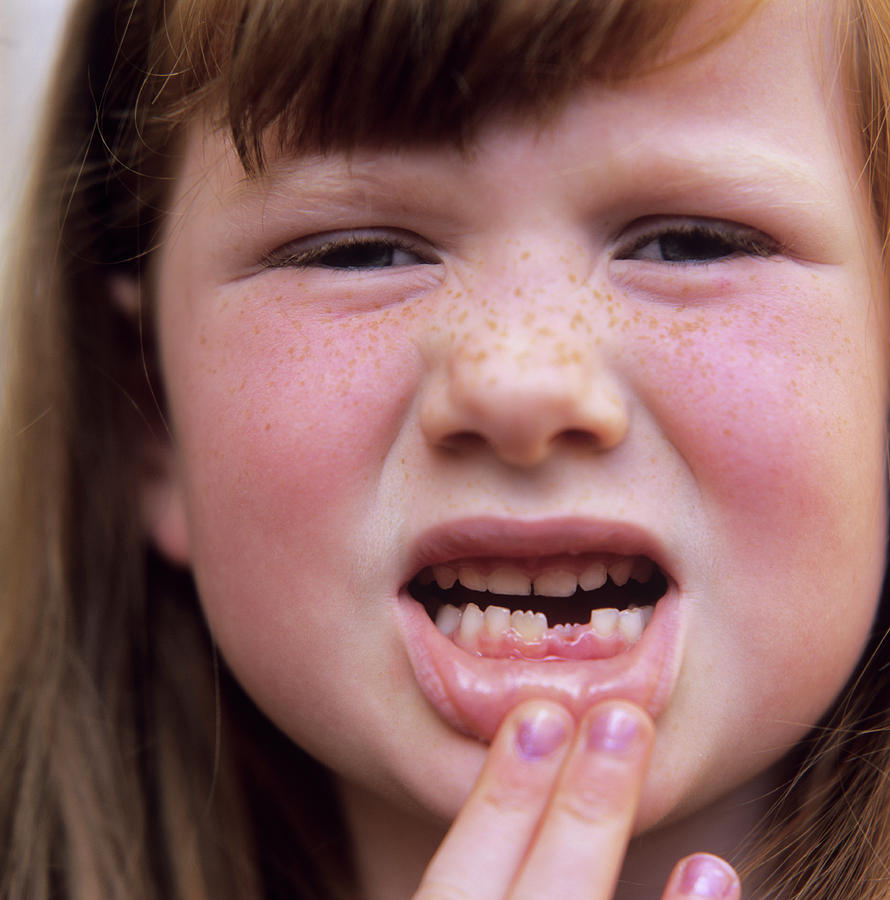
Loss Of Milk Teeth Photograph by Mark Thomas/science Photo Library
There's a picture on Pinterest depicting a child's skull with all deciduous teeth (baby teeth) still attached, and adult teeth showing in a quite developed stage underneath:. The picture is described as "A child's skull before losing baby teeth". The point of displaying the picture seems to be that it's expected to be scary or disgusting - repulsive to the audience.

1000+ images about Curiosities,Oddities,Vintage Medical & Etc on
Depicting a scary skull where the permenent teeth are "hidden" inside the jaws and the milk teeth are in the their place. After all milk teeth fall out, and the permanent teeth "rise", do the holes left by them filled up, or do we go around with holes in our jaws? The question on Skeptics The picture: human-biology teeth Share Improve this question

Newborn Baby Baby Skull Teeth Sale Factory, Save 60 jlcatj.gob.mx
Whale sharks can reach 15 meters (49ft) and beyond. The longest individual was 18.8 meters (62ft). It takes a long time to reach these lengths. Pups have a very fast growth rate but it then slows down. They don't reach maturity for 30 years but can live for around 100 years. 1 / 4. 136. 9. r/interestingasfuck.
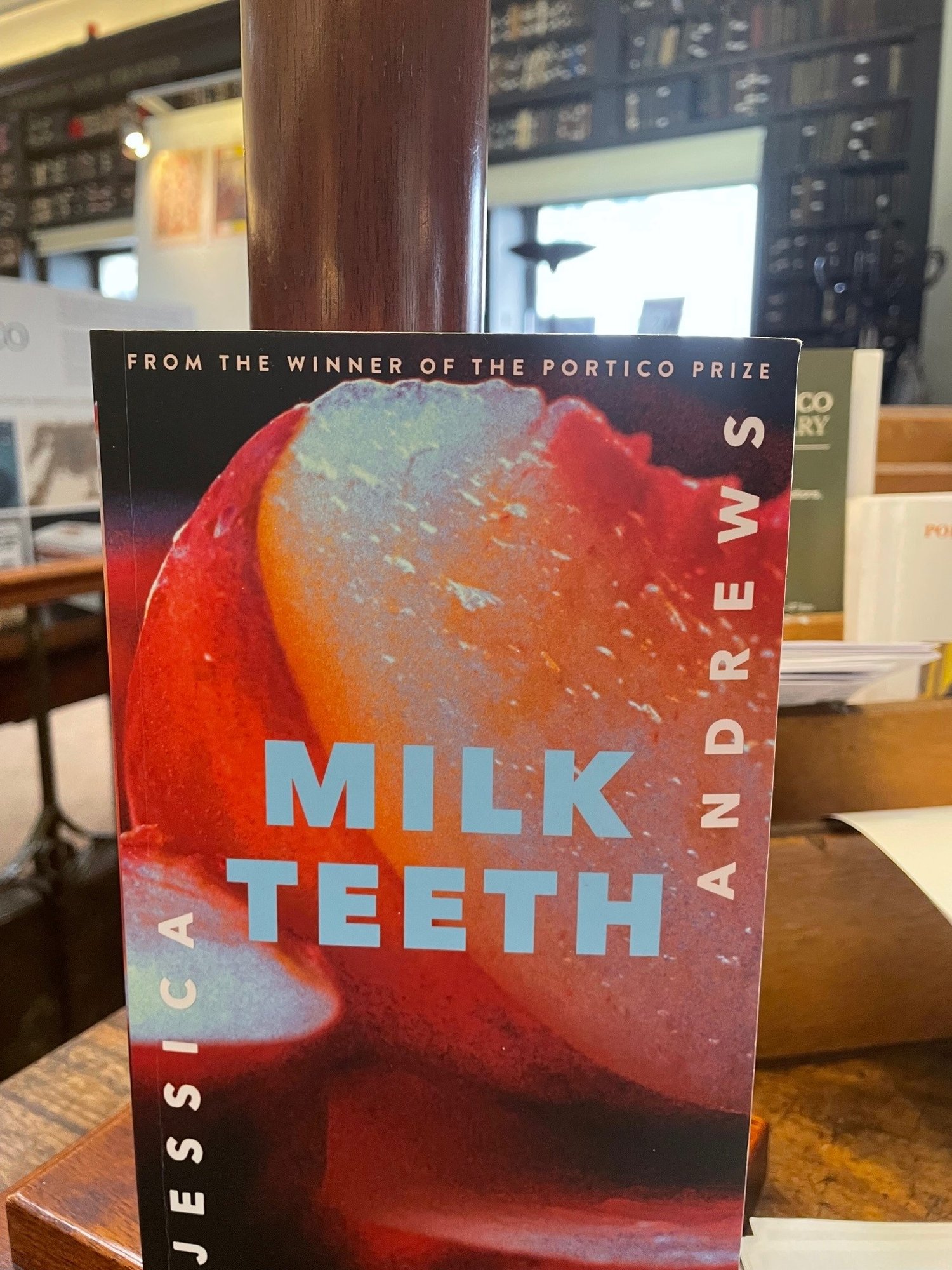
Milk Teeth — The Portico Library
We measured milk and adult teeth of 33 species from the families Canidae, Ursidae, Mustelidae, Felidae, Hyaenidae, Herpestidae, Nandiniidae, Viverridae, and Procyonidae. We used the phylogeny and measurements to see general trends in the morphology of both the milk teeth and their adult counterparts.
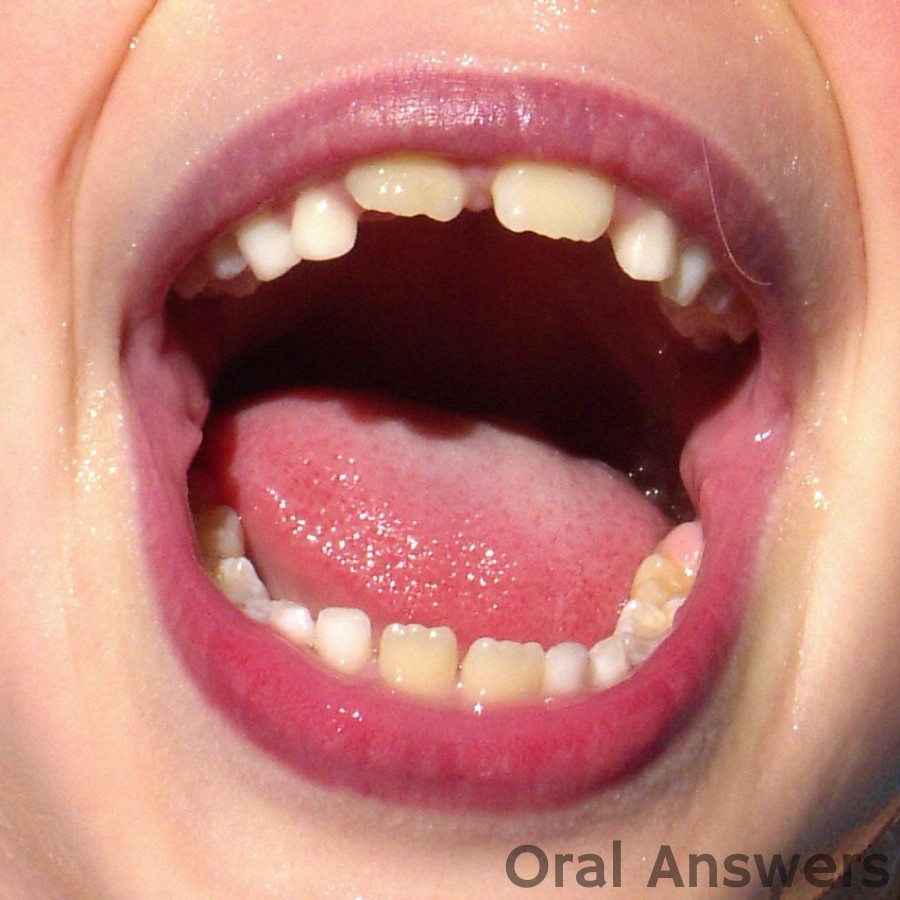
Top 96+ Wallpaper Picture Of Teeth In Mouth Excellent
There are four kinds of teeth in mammals: (1) incisors (for nipping), (2) canines for grasping prey, and cheekteeth of two kinds--(3) premolars ("bicuspids" in humans) and (4) molars--for shearing or grinding the food. Molars are only present in the permanent dentition (by definition).
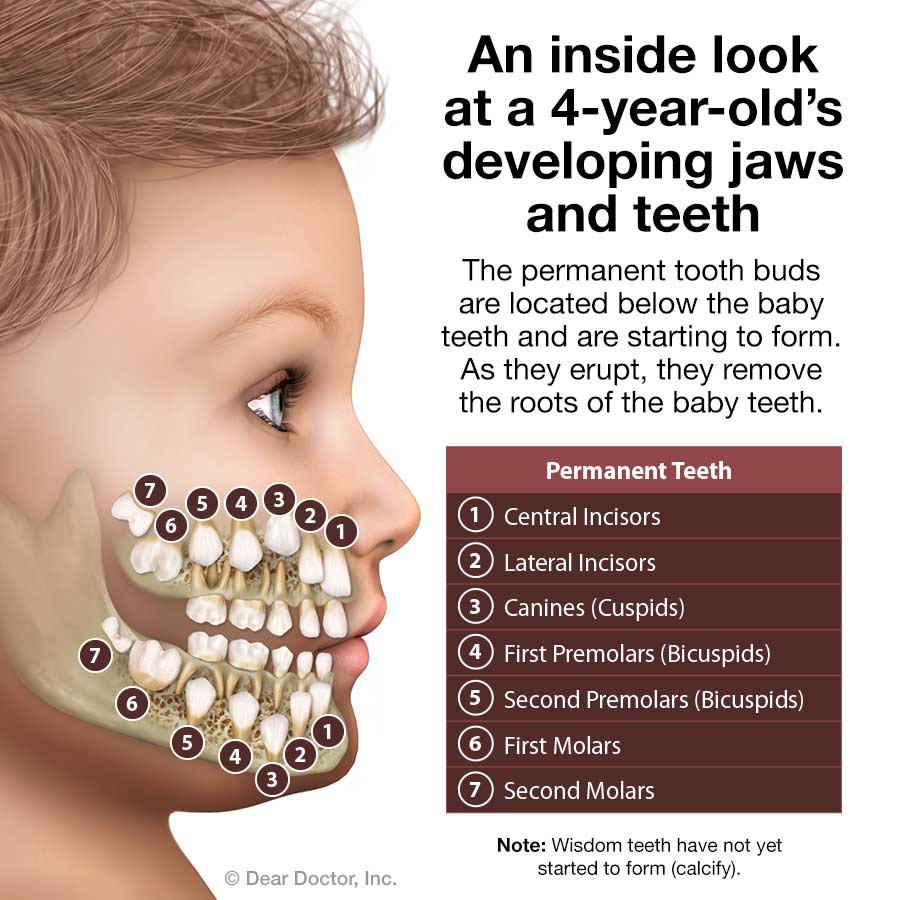
Pediatric Dentistry Gerard D. Salvosa, DMD Yorba Linda California
Learn about teeth with this Year 4 Bitesize Science guide.. Aged around six months, our milk teeth develop. These start to fall out around five years old.. The skull of a cow. Image caption,

Panoramic Dental XRay of Childs Teeth Development Stock Photo
The infant human skull is very small to hold the 32 permanent teeth which adults have. Thus, a child till the age of 6 will have 20 primary teeth. As they keep developing the jaw, the primary or milk teeth start becoming loose. Then they eventually fall of one by one, making way for the permanent teeth to come out.
_en.jpg)
Dents_squelette_face_(FF)_en.jpg (995×626) Face anatomy, Anatomy, Teeth
Milk teeth Wolves are born blind, deaf, and toothless. Pups subsist entirely on their mother's milk for the first two weeks of life. At that point, their deciduous (milk) teeth start to come in. The pups continue to drink milk until they are a couple of months old, but are fully weaned onto meat by the time they've reached three months.
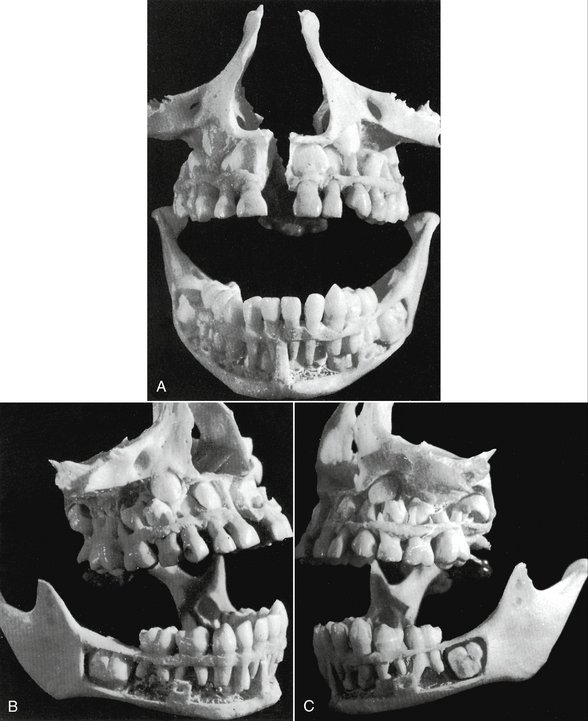
3 The Primary (Deciduous) Teeth Pocket Dentistry
Baby Deer Teeth: Milk Teeth Fawns rely entirely on their mother's milk for the first few weeks of life. Their teeth start to come in almost immediately, and by the time they're six months old, their adult teeth begin to replace their deciduous (baby) teeth. Incisors Fawns have eight incisors, all in their lower jaw.